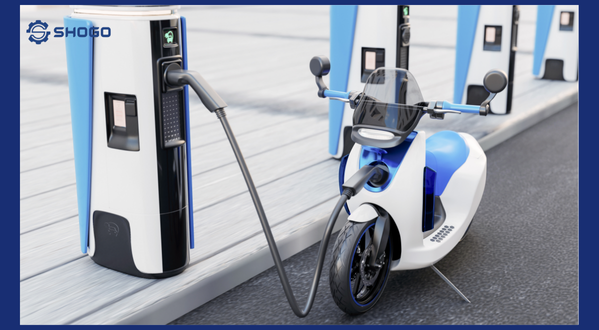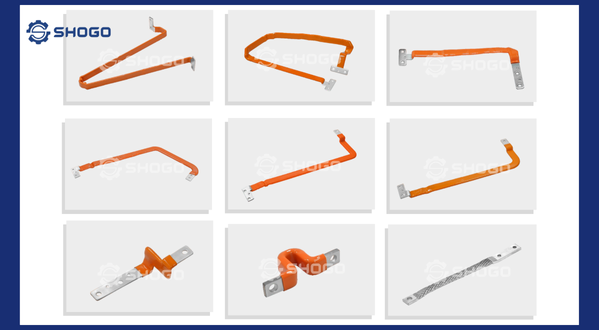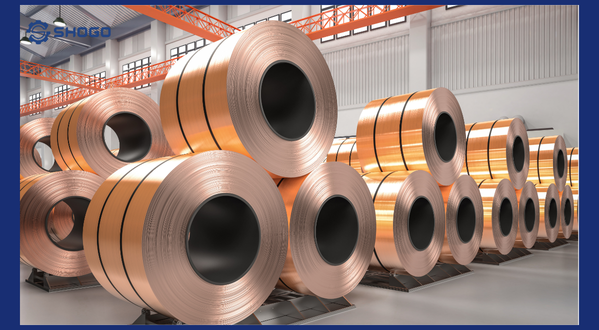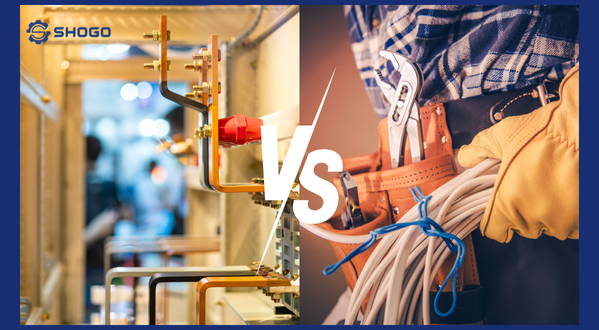
1. Introduction
In industrial and residential electrical systems, Busbar is increasingly used due to its outstanding advantages over traditional electrical cables. So, what is a Busbar, and why is it the optimal choice for many projects? Let’s explore the details in this article.
2. What is a Busbar?
A Busbar (electrical conductor bar) is a system of conductive bars made of copper or aluminum that transmits electrical energy between devices in an electrical system. Busbars are commonly used in electrical panels, substations, industrial electrical systems, and renewable energy systems.
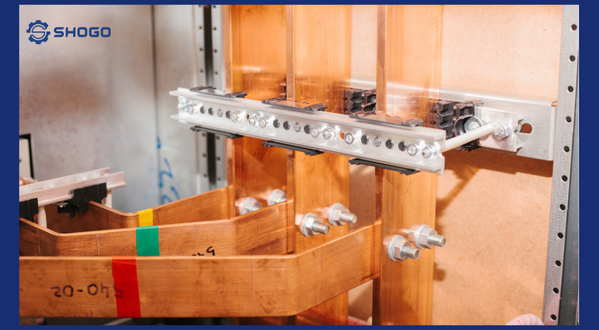
3. Comparison Between Busbar and Traditional Electrical Cables
Below are the main differences between Busbar and traditional electrical cables:
| Criteria | Busbar | Traditional Electrical Cables |
|---|---|---|
| Design | Rigid conductor bar, compact structure | Flexible wiring, requires conduit |
| Power Transmission | High, stable power transmission | Voltage drop over long distances |
| Safety | Reduces overheating, fire risks | May overheat if not properly installed |
| Installation | Easy to install, space-saving | Requires more accessories, takes up space |
| Maintenance | Low maintenance, easy inspection | Difficult to inspect, complex maintenance |
4. Advantages of Busbar Compared to Traditional Electrical Cables
4.1. Space-saving and Aesthetic Improvement
Busbars have a compact design, optimizing installation space, especially in high-density electrical systems. In contrast, traditional electrical cables require multiple wires and accessories, occupying more space.
4.2. Higher Electrical Transmission Efficiency
Designed with a large cross-section and superior heat dissipation, Busbars reduce energy loss and improve power transmission efficiency. Traditional electrical cables, however, experience voltage drops over long distances.
4.3. Higher Safety
Busbars help limit overheating due to their effective heat dissipation, reducing the risk of overload fires. In contrast, traditional electrical cables can pose issues if tightly bundled or improperly installed.
4.4. Easy Installation and Maintenance
With a modular design, Busbars are easy to assemble, inspect, and expand when needed. Traditional electrical cables, on the other hand, require multiple steps, from cutting and connecting to threading through conduits.
5. Practical Applications of Busbar
Thanks to these advantages, Busbars are widely used in:
- Factory and industrial park electrical systems
- Data centers
- Solar power electrical systems
- Commercial buildings and high-rise apartments
6. Conclusion
Busbars are an optimal solution for modern electrical systems due to their high efficiency, safety, space-saving design, and ease of maintenance. Compared to traditional electrical cables, Busbars offer superior benefits, enhancing operational efficiency and reducing long-term maintenance costs. If you are looking for a reliable power transmission solution, Busbars are certainly a worthy consideration.





